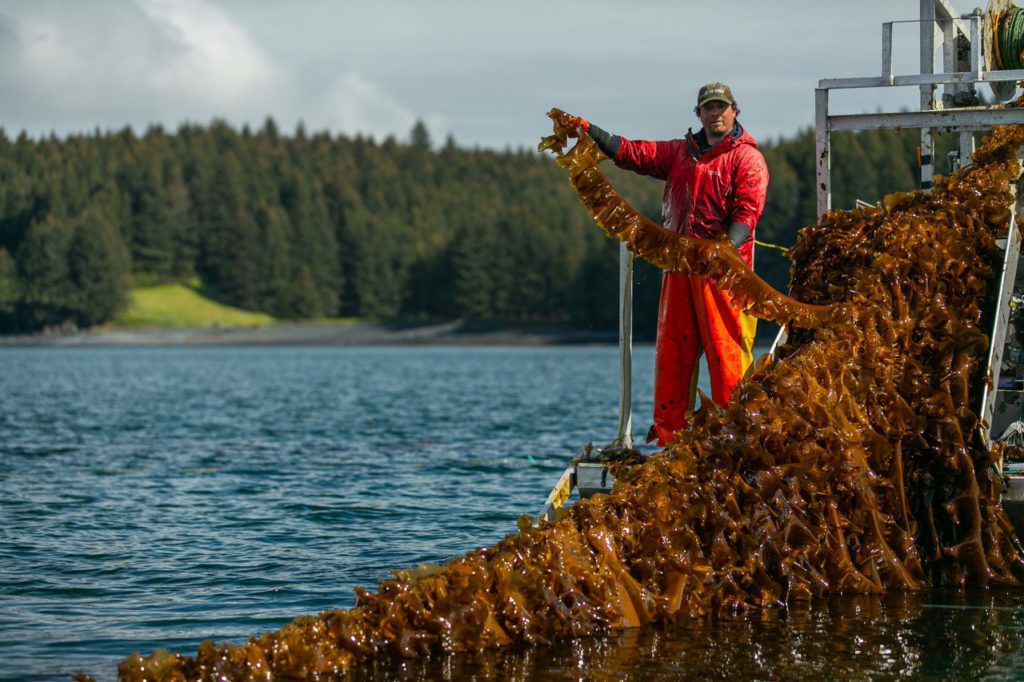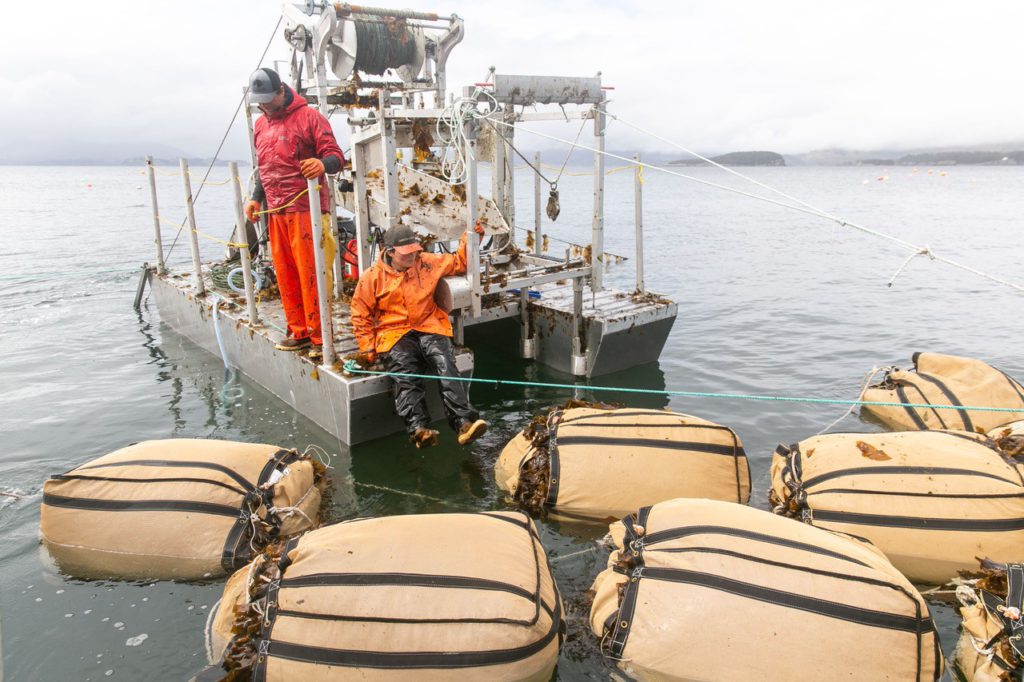Drill Baby Drill Returns as G20 Drops Fossil Fuel Phase-Out from Final Draft
The G20 just fumbled the fossil fuel debate. Or did it?
Rio’s final G20 statement dropped any explicit call to phase out oil, gas, and coal. Instead, it offered vague applause for the UAE Consensus from COP28. This wasn’t an oversight. It was a decision.
At COP28, 200 countries agreed to phase out fossil fuels by 2050. The G7 doubled down earlier this year. COP29 in Baku was supposed to build on this. Then Rio happened.
Now, G20 leaders are dodging the hard part. No one should be shocked. The idea that “inexperienced aides” missed the memo on the importance of banning fossil fuels? Please. They knew exactly what they were doing.
Here’s the dynamic: COP talks big. G20 delivers (or doesn’t). COP says, “let’s save the planet.” G20 says, “who’s paying for it?” This time, they didn’t even fake enthusiasm.
Some are calling Rio a win, pointing to the G20’s promise to scale up climate finance “from billions to trillions.” But this comes wrapped in vague promises, with no details on timelines or mechanisms. Critics are already calling it hollow rhetoric, masking the absence of real action on fossil fuels.
Trump’s reelection played its part. His pro-oil stance and “drill, baby, drill” battle cry have reshaped global climate diplomacy—all without being armed with more than mere words and a healthy show of voter support. G20 leaders were always going to tread lightly. The political reality now favors fossil fuels, and that was reflected in Rio’s final language—or lack of it.
The implications are huge. Without G20 backing, COP29 is hanging by a thread. Negotiators in Baku are scrambling. Pro-oil nations like Azerbaijan are seizing the moment. Argentina didn’t even bother to show up.
Blame is flying everywhere. Some point fingers at Brazil’s leadership for mishandling the language. Others blame a fractured G7. But blaming bureaucratic missteps misses the point. This was never about incompetence. It was about priorities.
The G20 has spoken—just not in words. Fossil fuels aren’t going anywhere fast. The tide hasn’t just turned; it’s gone out completely. Anyone surprised by this wasn’t paying attention.
By Julianne Geiger for Oilprice.com
Why Big Oil Is Scaling Back Renewables Investment
Big Oil’s returns in the renewables business were slim, at best, even before the 2022 energy and inflation shocks.
To shore up share prices and close that gap with the U.S. giants, BP and Shell changed tack and returned to their roots.
While the majors aren’t abandoning all the renewable projects they embarked on in 2020 and 2021, they have started to scale back investments.
Europe’s biggest oil and gas companies have changed their approach to energy supply twice over the past five years.
First came the ambitions to become major players in the renewables sector and goals to reduce oil and gas production by the end of the decade. That was in 2019 and early 2020 when Big Oil firms were racing to announce major shifts in strategy toward conventional and green energy.
This strategy held for about two years until the energy market shocks from the Russian invasion of Ukraine and the financial shocks of soaring inflation and rising interest rates upended everything again.
Poor Returns, Soaring Costs
Big Oil’s returns in the renewables business were slim, at best, even before the 2022 energy and inflation shocks. Following these shocks, the soaring costs made investments unprofitable, and the European majors Shell, BP, and Equinor took millions of U.S. dollars in impairments on European and U.S. projects in 2023.
Meanwhile, oil and gas production and trading were reaping high returns, and the majors’ profits skyrocketed to all-time highs. European oil and gas giants saw their valuation gap widen to the U.S. peers, ExxonMobil and Chevron.
To shore up share prices and close that gap with the U.S. giants, BP and Shell changed tack and returned to their roots—the core business of pumping and trading conventional energy, which they see (again) as crucial to delivering to consumers while the world moves forward with the energy transition.
Scaling Back Renewables
While the majors aren’t abandoning all the renewable projects they embarked on in 2020 and 2021, they have started to scale back investments and are streamlining these on developments and energy solutions that they see as profitable.
France’s TotalEnergies is the outlier in the group, as it has continued to focus on growing renewable energy capacity and power generation through acquisitions and joint ventures globally.
But the others—Shell, BP, and Equinor—have all reviewed or are reviewing their involvement in clean energy solutions.
BP, for example, said in June that it was scaling back plans for the development of new sustainable aviation fuel (SAF) and renewable diesel biofuels projects at its existing sites, pausing planning for two potential projects while continuing to assess three for progression.
“This is aligned with bp’s drive to simplify its portfolio, focusing on value and returns,” the UK-based supermajor said.
Weeks later, the other UK-based giant, Shell, said it was pausing on-site construction work at a biofuels plant in Rotterdam amid weak market conditions, taking a $780-million impairment charge for the second quarter for this.
The pause at the 820,000 tons-a-year biofuels facility at the Shell Energy and Chemicals Park Rotterdam in the Netherlands was needed “to address project delivery and ensure future competitiveness given current market conditions,” the company said.
Shell has also sold its retail home energy businesses in the UK and Germany.
In the summer of 2023, the supermajor unveiled its new strategy to continue investing in oil and gas production and selectively pour capital into renewable energy solutions, angering climate activists and some institutional investors.
Shell’s CEO Wael Sawan has said that reducing global oil and gas production would be “dangerous and irresponsible” as the world still needs those hydrocarbons.
Earlier this year, Shell reaffirmed its ambitions to be a net-zero energy business by 2050 but eased its carbon intensity target for 2030 as it has shifted away from clean power sales to retail customers.
Most recently, on the Q3 2024 earnings call, CEO Sawan said, commenting on the company’s focus on its core business, “We start from the perspective of believing that oil and gas have a critical role in the energy transition for a long time to come.”
“We fundamentally believe that this energy transition is going to be a multi-decadal journey,” Sawan added.
“We fundamentally believe that you’re going to require multiple energy forms to be able to navigate the energy transition and we do see that the energy system will start to see more uncertainty and more volatility in the context of geopolitical changes, demand supply cycles and the like, of course the intermittency of renewables as well.”
BP, for its part, is reportedly scrapping a previous target to reduce its oil and gas production by the end of the decade.
The company is also reportedly considering a potential sale of a minority stake in its offshore wind business in a move to reduce spending on project developments in the sector.
In the Q3 results release, CEO Murray Auchincloss said “In oil and gas, we see the potential to grow through the decade with a focus on value over volume.”
“We also have a deep belief in the opportunity afforded by the energy transition,” Auchincloss added.
Norway’s Equinor is reviewing its renewables business, although it continues to bet big on offshore wind in the long term, evident in the recent acquisition of 9.8% in Ørsted, the world’s biggest offshore wind farm developer.
Equinor has time to wait for a better investment climate in some of the offshore wind opportunities, chief financial officer Torgrim Reitan told analysts on the Q3 earnings call.
“It will come, but for the time being, we are doing some changes organizationally to focus on business development activity, to reduce our cost levels and set ourselves up for playing this in the long run as such.”
“There is very high inflation within the renewable business and there are clear bottlenecks in the supply chains,” Reitan noted.
By Tsvetana Parakova for Oilprice.com






